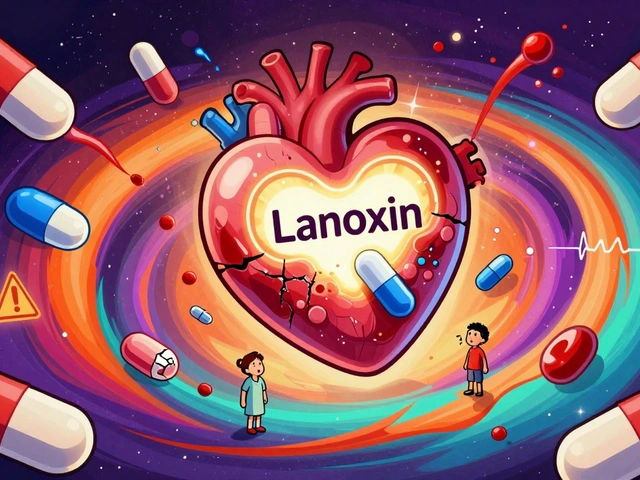Managing side effects: practical tips that actually help
Managing side effects can feel frustrating, but small steps make the biggest difference. First, know what exact side effects are likely for your medicine. Read the leaflet, but ask your pharmacist or doctor to highlight common problems and which ones need urgent care. Keep a symptom log for a week: note what you felt, when it started, how long it lasted, and triggers like food or drugs.
Dose timing and how you take a pill matter. Some medicines are gentler with food, others work best on an empty stomach. For example, metformin is easier on your stomach when taken with meals. Statins like simvastatin may cause muscle aches, and spacing them from grapefruit or certain antibiotics can reduce risk. If nausea or dizziness appears, try taking the dose at bedtime or split the dose after checking with your prescriber.
Lifestyle moves can blunt many side effects. Stay hydrated, eat balanced meals, and keep to a regular sleep pattern. Alcohol often makes side effects worse, so cut back while adjusting to meds. Simple exercises and gentle stretching can reduce muscle stiffness linked to some drugs. For constipation, add fiber slowly, drink more water, and try a walk each day.
Never mix prescription drugs, supplements, or strong herbal remedies without checking interactions. Some antiretroviral drugs and antibiotics change how other meds behave. Tell every clinician and pharmacist what you take, including vitamins. Use one pharmacy when possible so the pharmacist can spot risky combinations. Know which side effects are expected and which need urgent attention.
Mild dry mouth, temporary nausea, or slight drowsiness often pass. Severe symptoms like shortness of breath, chest pain, high fever, severe rash, yellowing skin, fainting, or sudden hearing or vision changes need immediate medical help. If muscle pain comes with dark urine or extreme weakness while on a statin, seek care right away. If side effects persist, don’t stop the medicine abruptly unless instructed. Talk to your doctor about dose reduction, switching drugs, or adding a therapy to manage the side effect. Sometimes a small change fixes the problem without losing the benefit. For example, switching antihistamines or adjusting blood pressure med timing can help.
Quick fixes
Use practical tools like reminders, a pill organizer, and an updated list of medicines in your wallet. Ask your pharmacist for a printable interaction check or use reputable online tools. If cost or access is a barrier, ask about generic options or trusted online pharmacies that require prescriptions. Tracking changes and communicating clearly with your care team is fastest path to safer, more comfortable treatment.
Safety signs
Severe problems need immediate attention, such as shortness of breath, chest pain, high fever, severe rash, jaundice, fainting, or sudden vision or hearing loss. If muscle weakness comes with dark urine while on a statin, or if you have breathing trouble, get help right away. If you travel or move between doctors, carry a med summary listing doses, start dates, and any reactions you had.
Alpelisib: A Patient's Perspective on Living with and Managing Side Effects
Living with and managing the side effects of Alpelisib has been challenging but I've learned to adapt. The most common side effects I've experienced are nausea, fatigue, and skin reactions. I've found that maintaining a healthy diet, staying hydrated, and getting enough rest help to alleviate these symptoms. Additionally, my medical team has been a great support in providing guidance and medications to manage the side effects. Overall, I've realized the importance of open communication with my healthcare providers and maintaining a positive mindset to better cope with the impact of Alpelisib on my daily life.





